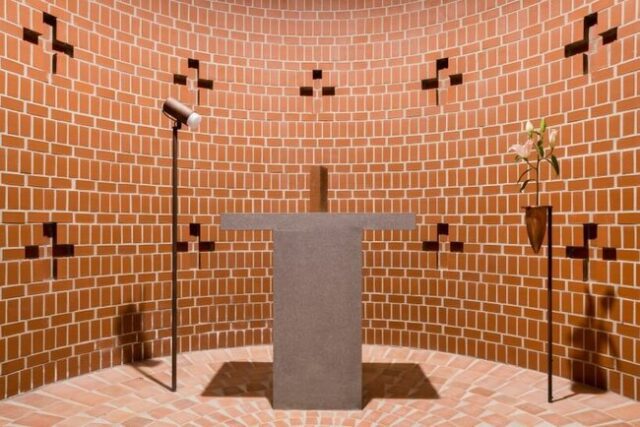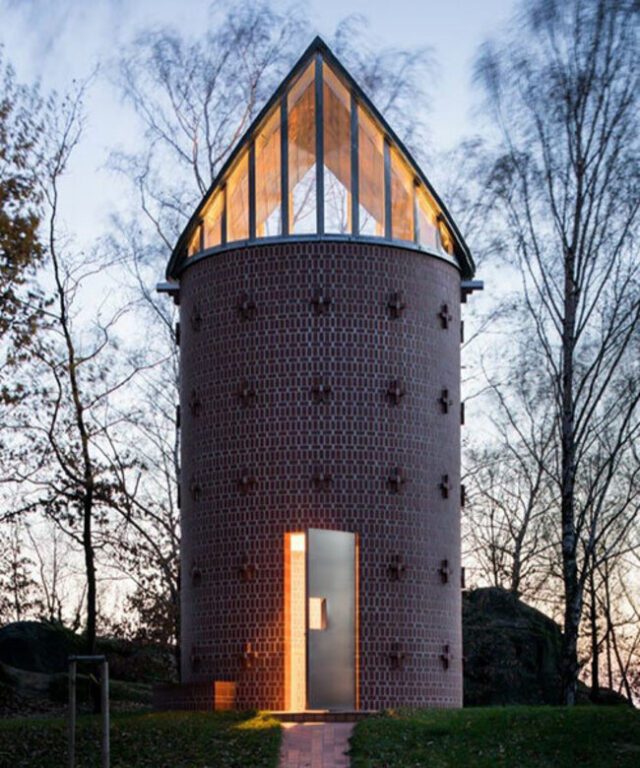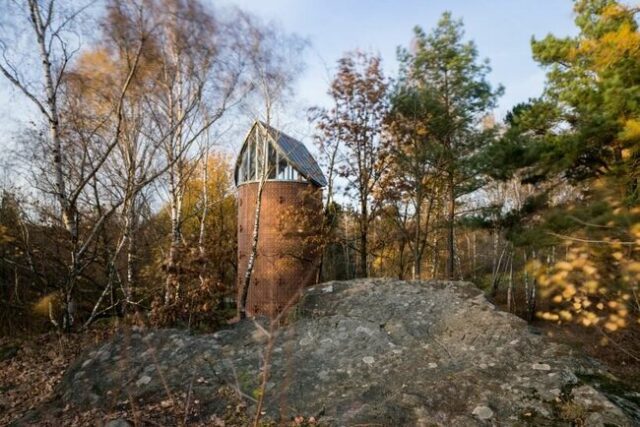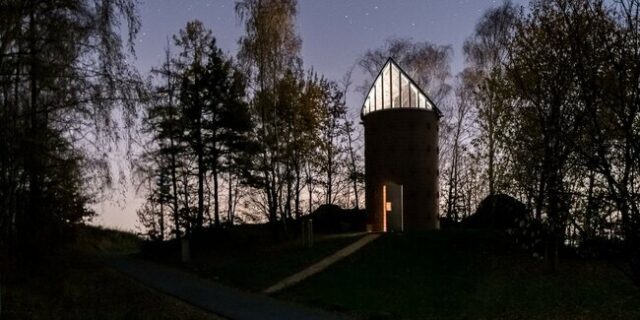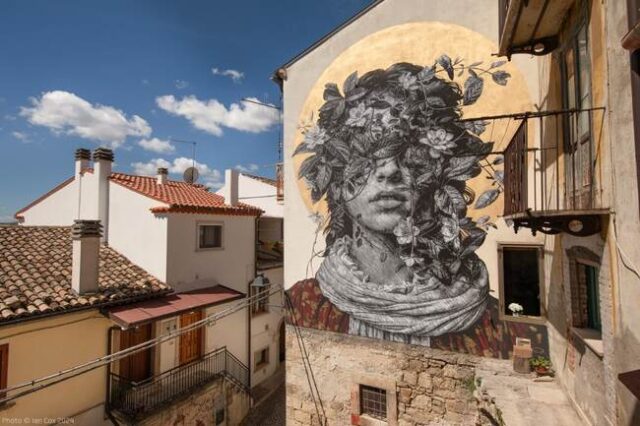
Italy has long grappled with population decline, leading to many small towns becoming ghost towns. However, Civitacampomarano, a tiny village in the Molise region, has found a unique solution to this problem through the CVTà Street Fest. For the past nine years, this festival has rejuvenated the once-depopulated area by attracting artists worldwide. Founded by artist Alice Pasquini, who has familial ties to the town, the event showcases public art highlighting the village’s beauty. This year, four artists contributed to the more than 70 pieces of public art created since 2016, with the local community actively supporting the festival. The influx of visitors and vibrant artworks has significantly increased the town’s visibility, breathing new life into its cobbled streets and historic buildings.
The festival’s latest edition featured a range of captivating artworks.

British duo Snik’s tribute to Civitacampomarano’s resilient citizens transformed a house’s exterior with a portrait of a woman crowned with flowers, symbolizing the harmony between humans and nature. Dimitris Trimintzios, or TAXIS, completed a striking mural of a girl in a landscape, perfectly blending with the hilltop setting and enhancing the town’s scenic views. Spanish artist Octavi Serra’s clever installations encouraged visitors to reflect on their environment, adding an interactive and thought-provoking dimension to the festival. Additionally, Anders Gjennsted continued his series, A Tale of Two, with a touching depiction of two figures embracing, exploring themes of affection and acceptance. Gjennsted also adhered to the tradition of painting on an abandoned door, leaving a lasting impression on the village’s historical fabric. These diverse contributions underscore the festival’s role in revitalizing Civitacampomarano, transforming it from a ghost town into a vibrant hub of creativity and community.
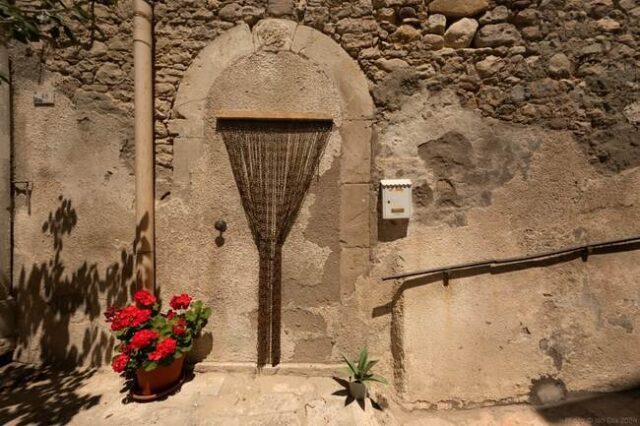
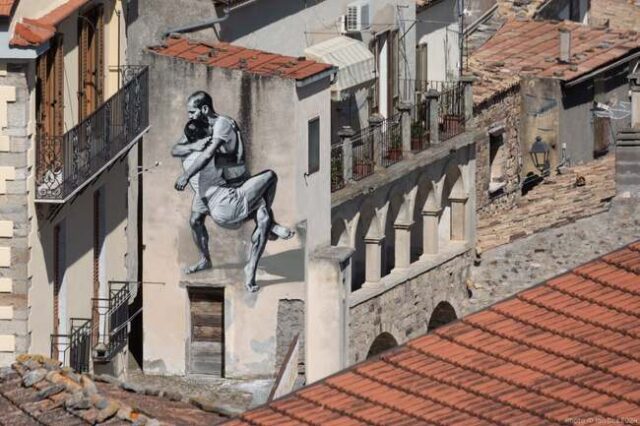

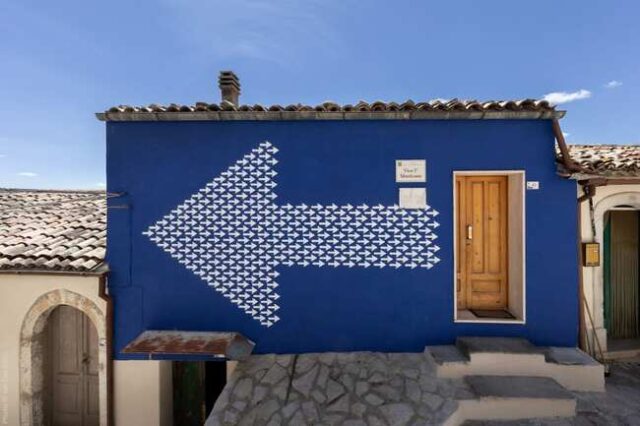
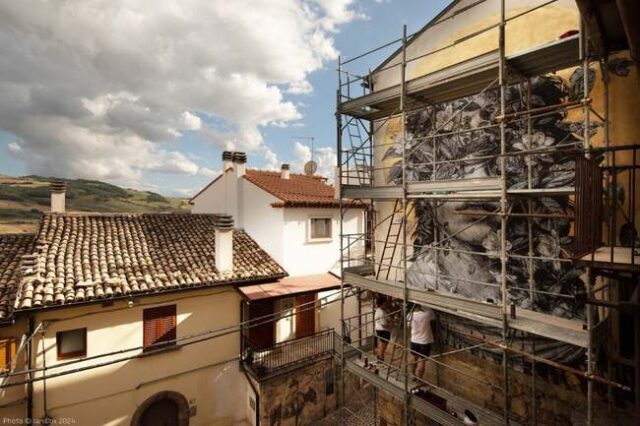
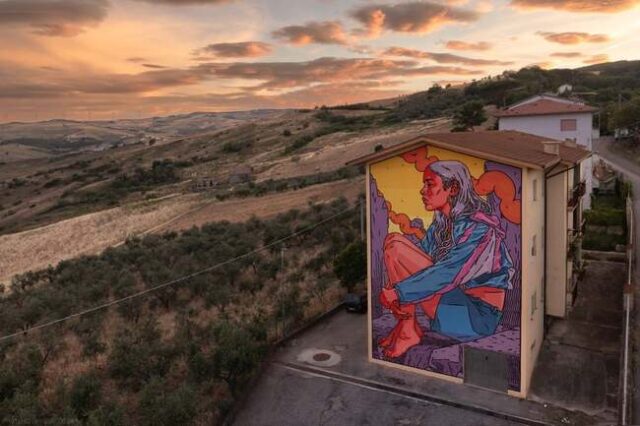


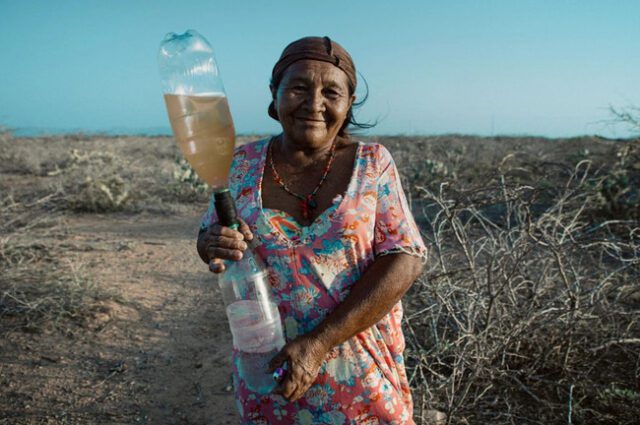
In Colombia, the dire reality of 3.7 million people lacking access to clean and safe drinking water has been exacerbated by a severe drought in 2024. Many of these individuals reside in remote areas, enduring extreme heat and scarce water sources, which are often contaminated and lead to thousands of deaths annually. In response to this critical situation, Filsa Water, a company dedicated to developing infrastructure and technology solutions, has partnered with Ogilvy, Baylor International, and the Colombian Red Cross to introduce a groundbreaking product: the 3D printed Filter Cap. This innovative Continue reading “3D Printed Filter Cap Delivers Clean Drinking Water to Millions in Drought-Stricken Colombia” »

Karen Swensen, a former New Orleans news anchor, recently initiated a heartwarming fundraiser that garnered significant attention and support. She encountered 90-year-old Dillon McCormick, an Air Force veteran, pushing carts in the sweltering heat at a grocery store in Metairie, Louisiana. Struck by his story of financial hardship, Swensen learned that McCormick’s Social Security checks fell short of his $2,500 monthly needs, compelling him to work despite his age. Moved by his resilience and dedication, Swensen decided to take action. She shared a video of McCormick’s plight, aiming to raise $35,000 through a GoFundMe campaign to give him the financial freedom to retire.

The response was overwhelming. Within 24 hours, donations surged past $200,000, eventually reaching $233,000 before Swensen closed the fundraiser. Her heartfelt plea on Memorial Day, emphasizing McCormick’s service and the oppressive heat he endured, resonated deeply with the public. The campaign’s success ensured that McCormick would no longer have to labor under such harsh conditions unless he chose to do so. Swensen’s update on the GoFundMe page celebrated this achievement, highlighting the generosity and compassion of the contributors who made it possible. The funds were set to be transferred, promising a bright and restful future for McCormick, whose hard work and dedication had finally been rewarded by a grateful community.
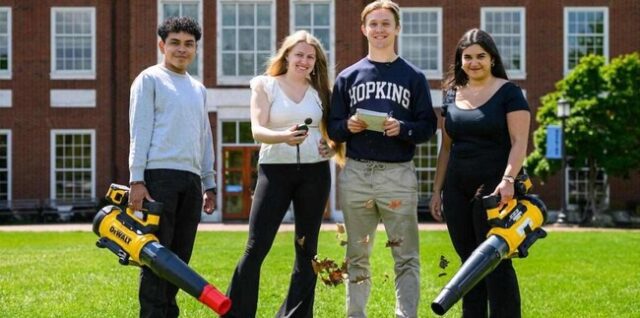
Engineering students at Johns Hopkins University have developed an innovative silencer module for leaf blowers, significantly reducing noise pollution by 37%. The team, composed of Andrew Palacio, Michael Chacon, Leen Alfaoury, and Madison Morrison, focused on mitigating the high-pitched whine that is particularly irritating. Their patent-pending design has caught the attention of Stanley Black & Decker, the project’s sponsor, which plans to begin selling the silencer attachment within two years. This breakthrough addresses common complaints from homeowners associations and apartment tenants who often protest the pervasive and disruptive noise of leaf blowers, especially when used early in the morning by landscapers.
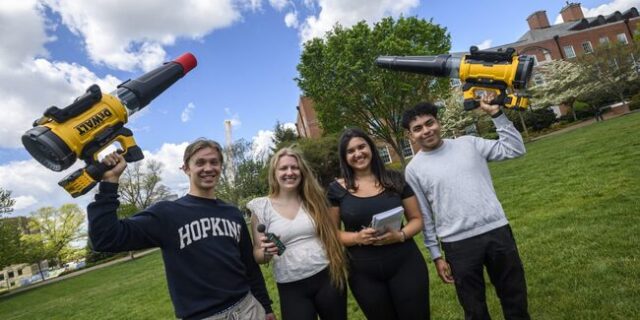
The Johns Hopkins team conducted extensive research, testing over 40 prototypes to balance noise reduction with maintaining the blower’s power. Their final design employs a suppressor mechanism similar to firearm silencers, effectively dampening sound without compromising air force. “Our product takes in a full blow of air and separates it,” explained Alfaoury, highlighting the innovation’s ability to maintain functionality while significantly reducing noise. This practical application is poised for mass production, with Stanley Black & Decker anticipating a strong market presence. Nate Greene, a senior product manager at Stanley Black & Decker and Johns Hopkins alum, lauded the project, stating, “This is a scarce and dramatic level of success,” underscoring the potential impact of this student-driven invention.

Maddux Alexander Springer, a dedicated Hawaiian teen, has made significant strides in understanding a mysterious disease affecting sea turtles. Unlike many high school students who may shy away from long-term projects, Springer devoted nearly three years to researching fibro papillomatosis (FP), disease-causing cauliflower-like tumors on green sea turtles. These tumors, while not directly fatal, can severely hinder the turtles’ ability to breathe and eat, leading to tragic outcomes. Springer first encountered the afflicted turtles during his free dives in Kāneʻohe Bay, Oahu, during the pandemic. Alarmed by the lack of extensive research on this issue, he took it upon himself to explore the disease’s prevalence and triggers. Despite initial setbacks, such as being denied permits to biopsy the tumors, Springer creatively utilized underwater motion-sensing cameras to survey the turtle population, uncovering that FP was widespread and possibly linked to the turtles’ diet of an invasive algae species, graciliaria salicornia.

Springer’s persistence paid off when he discovered that this invasive algae, which the turtles were consuming in large quantities, absorbed significantly more sewage compared to native algae species. Given Hawaii’s severe sewage leakage issue, with over 52 million gallons of untreated sewage entering the ground daily, Springer hypothesized that the algae’s high nitrogen content, converted to the amino acid arginine, was triggering FP in turtles. His innovative research, though not yet peer-reviewed, earned him the top prize in the animal sciences division at the Regeneron International Science and Engineering Fair, along with the prestigious Peggy Scripps Award for Science Communication, netting him $10,000. As Springer prepares to study marine biology at Oregon State University, he hopes his work will raise awareness of the urgent need for government intervention to address Hawaii’s wastewater management crisis. With the state aiming to replace all cesspools by 2050, Springer’s advocacy underscores the importance of timely action to protect both marine life and human health.



Summer is here, and the Moon is about to put on a spectacular show to celebrate. Just one day after the summer solstice, June’s full moon—known as the Strawberry Moon—will be at its fullest. It will also appear exceptionally large because, according to Farmer’s Almanac, it is the lowest full moon in years. This is due to the Moon mirroring the Sun’s position in the sky. Since the summer solstice marks the Sun’s highest point in the Northern Hemisphere, the Moon is consequently quite low. This low position creates the Moon Illusion, making the Moon appear significantly larger when it is close to the horizon.

June’s full moon is called the Strawberry Moon because it coincides with North America’s strawberry harvest season. Native American tribes named the moons to track the year and specific activities tied to each period. The Algonquin tribes’ names for the moons have become the most familiar, largely due to the Farmer’s Almanac’s publication of these names since the 1930s. Other Native American names for June’s full moon include Blooming Moon (Anishinaabe), Green Corn Moon (Cherokee), Birth Moon (Tlingit), and Egg Laying Moon (Cree). An old European name for the June full moon is the Mead or Honey Moon, named after the fermented honey drink. Some believe the term “honeymoon” originates from the tradition of marrying in June. Despite its name, the Strawberry Moon will not appear red; instead, it will shine large and bright on Friday, June 21, peaking at 9:08 p.m. EDT.

It’s difficult to imagine that 92 years ago when the LEGO brick was first introduced to the world, the humble piece of plastic would transform into such a versatile element of creativity. Whether it’s used to make replicas of objects, actual functioning products, or even scaled-down versions of cars and monuments, LEGO bricks have evolved well beyond the simple cuboid-shaped, single-colored pieces that they used to be decades ago. Heck, we’ve even managed to turn the bricks into a flourishing movie franchise! These innovative transformations highlight LEGO’s journey from simple children’s toys to intricate models appealing to hobbyists of all ages.

I digress, but this is just to preface the fact that LEGO is planning on expanding its already popular Botanical collection with newer pieces that bring nature’s grand diversity to your homes. Although not officially announced by LEGO, sleuths on the internet have found images for two new additions to the Botanical collection – a Chrysanthemum plant and a Plum Blossom plant. Vibrant in color, with a beautiful balance between abstract and biophilic, these plants are a gorgeous addition to homes. They come with stands that let you place them on coffee tables, credenzas, or even bookshelves, adding a touch of undying plant beauty to your space. No green thumb is required! The Chrysanthemum set, with 278 pieces, stands at 26cm and is priced at €28.95, making it an affordable entry to the Botanical Collection. The Plum Blossom, larger at 327 pieces and 34cm in height, complements the Chrysanthemum with elegant design and innovative parts usage. Both sets are anticipated for release on August 1, 2024, and hint at potential future releases such as bamboo and orchid, further enriching the Botanical series.






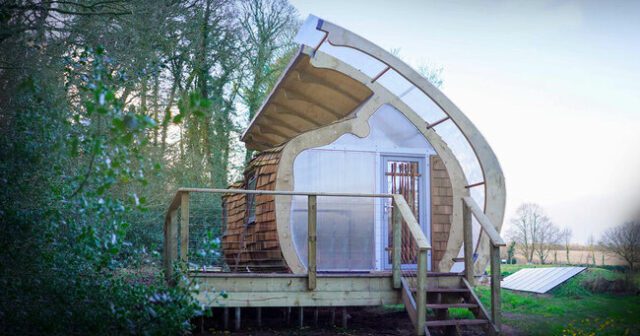
Monocoque Cabin by Markos Design Workshop (MDW) is a sustainably prefabricated structure adjacent to historic West Midlands woodland along the Shropshire Union Canal, UK. Inspired by the timber monocoque construction of the de Havilland Mosquito aircraft wing and traditional boat-building techniques, architect Peter Markos designed a cabin with an organic, structurally stiff form with an exposed timber interior, offering warmth and comfort. The design employs advanced CNC technology to seamlessly integrate modern precision with traditional craftsmanship, producing a durable yet visually striking structure capable of withstanding environmental factors such as wind loads while maintaining its lightweight integrity. Collaborating with structural engineers Price & Myers and digital manufacturing company BlokBuild, MDW utilizes their timber system expertise to fabricate the Monocoque Cabin, with main ribs made from layered plywood with birch exteriors and spruce cores, forming stiff rings skinned with thin plywood layers to support the undulating curves. The floor, composed of torsionally stiff Oriented Strand Board (OSB) insulated cassettes, merges with the ribs and plywood sheets to create the monocoque structure.
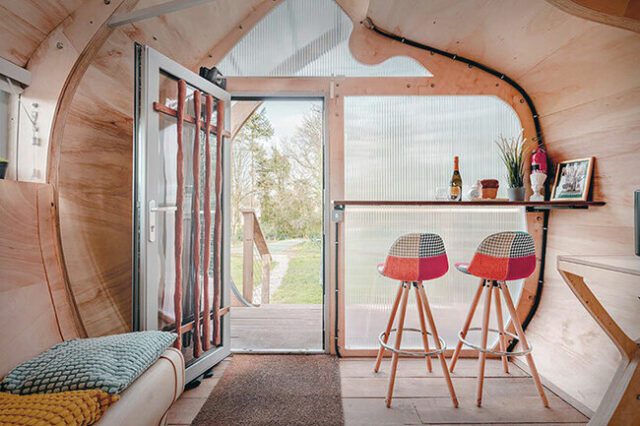
The Monocoque Cabin exemplifies contemporary living spaces that emphasize sustainability by blending traditional and modern techniques, thus minimizing environmental impact while harmonizing with its natural surroundings. Designed for mobility, the cabin can be disassembled and relocated in a matter of days, leaving no permanent impact on the environment. This project by the UK-based Markos Design Workshop showcases the potential of combining modern prefabrication with traditional timber construction methods, highlighting innovative and practical approaches to sustainable architecture. The use of advanced digital manufacturing alongside traditional craftsmanship results in a highly efficient, eco-friendly, and aesthetically pleasing dwelling. The Monocoque Cabin not only reflects a commitment to sustainability but also demonstrates how thoughtful design and engineering can create harmonious, adaptable living spaces that resonate with their natural settings.
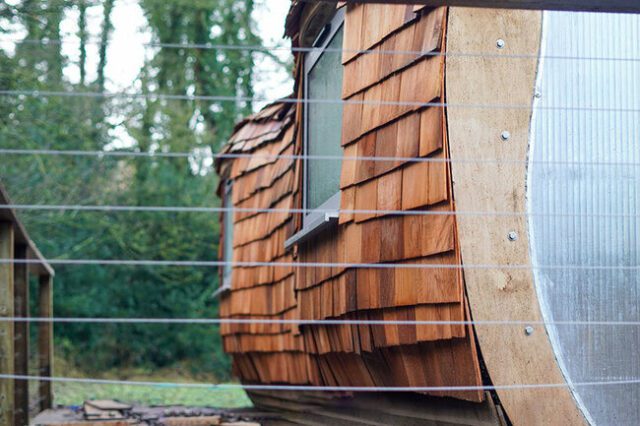
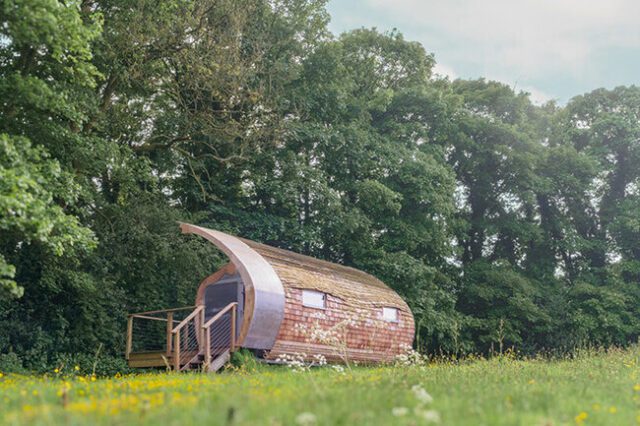
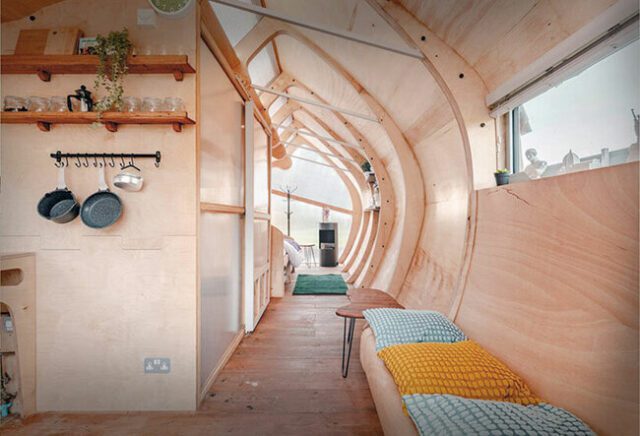
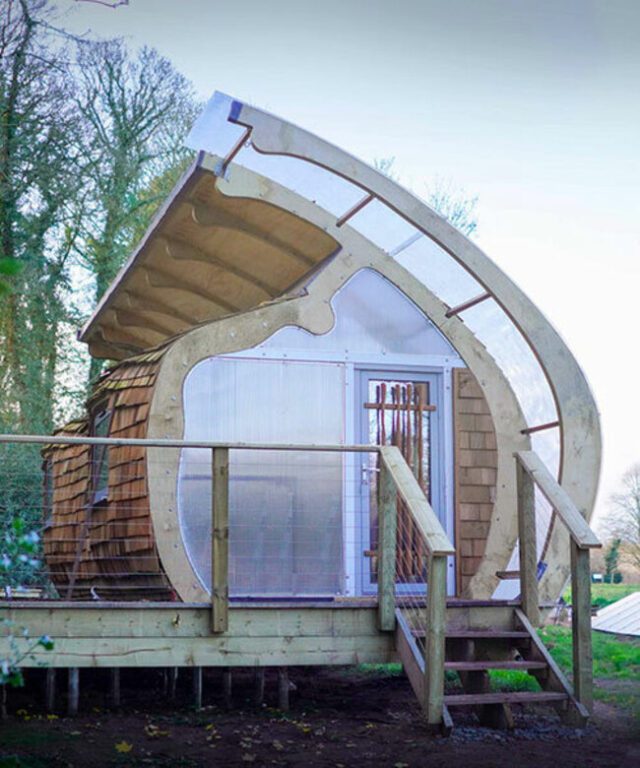

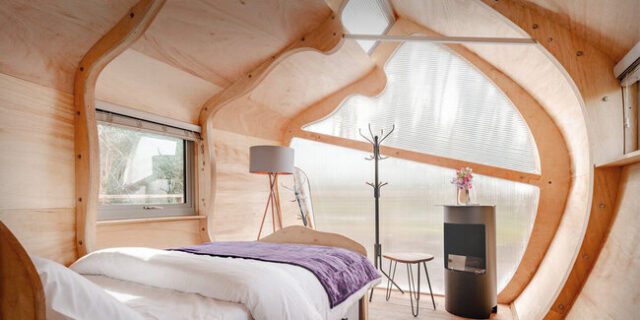
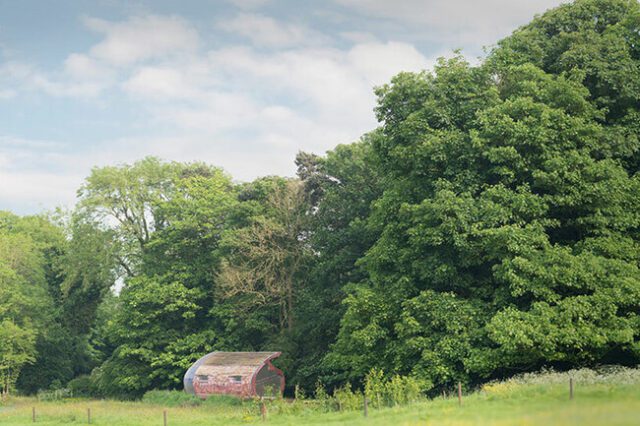
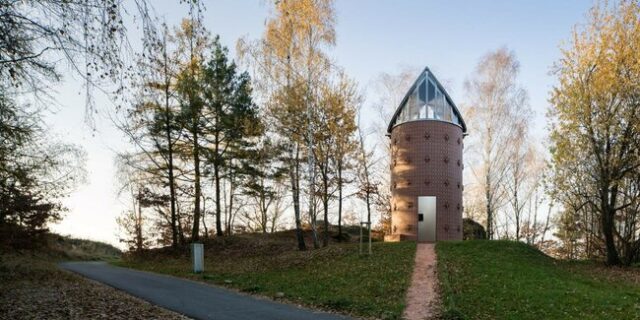
In Fryšták, Czechia, Zdeněk Rothbauer, and the Karel Filsak Architects have introduced a chapel dedicated to Saint Anthony of Padua that departs from conventional ecclesiastical design. This cylindrical structure, crafted from raw brick, draws inspiration from early Christian churches with circular floor plans, emphasizing simplicity and humility. Unique to this chapel is the atypical gable roof that replaces traditional dome frescoes, allowing light to filter through its geometric structures and creating a striking contrast between tradition and innovation. The chapel’s design incorporates circles, Greek crosses, and exposed brickwork, reflecting the Franciscan Order’s values of essential humility. This expressive use of circles symbolizes the cyclical nature of life and the universe. At the same time, the overall design serves as a sanctuary for quiet contemplation, embodying Franciscan principles such as poverty, renunciation of privileges, solitude, and learning. According to Karel Filsak, the chapel respects its material and historical context, achieving boldness through simplicity.

Inside the chapel, austerity is maintained with unplastered walls and minimal furnishings, underscoring the Franciscan values. Brick, chosen as the primary building material, is used throughout the structure, creating a cohesive and harmonious environment conducive to silent meditation. The Greek cross reliefs provide indirect lighting, enhancing the circular floor plan’s abstract composition. The interior furnishings, including an ambon, bench, hanging light, and a stand with a lily vase, symbolically underscore Saint Anthony’s authenticity and humility. The interior’s emptiness accentuates intimacy, drawing visitors’ gaze upward toward the roof. This roof, made of galvanized steel, lightly touches the brickwork in just two places and is supported by skylights divided into twelve columns, imparting a sense of balance and tranquility. The careful integration of material choice and geometric forms within the chapel reflects a seamless blend of historical reverence and modern architectural innovation.

